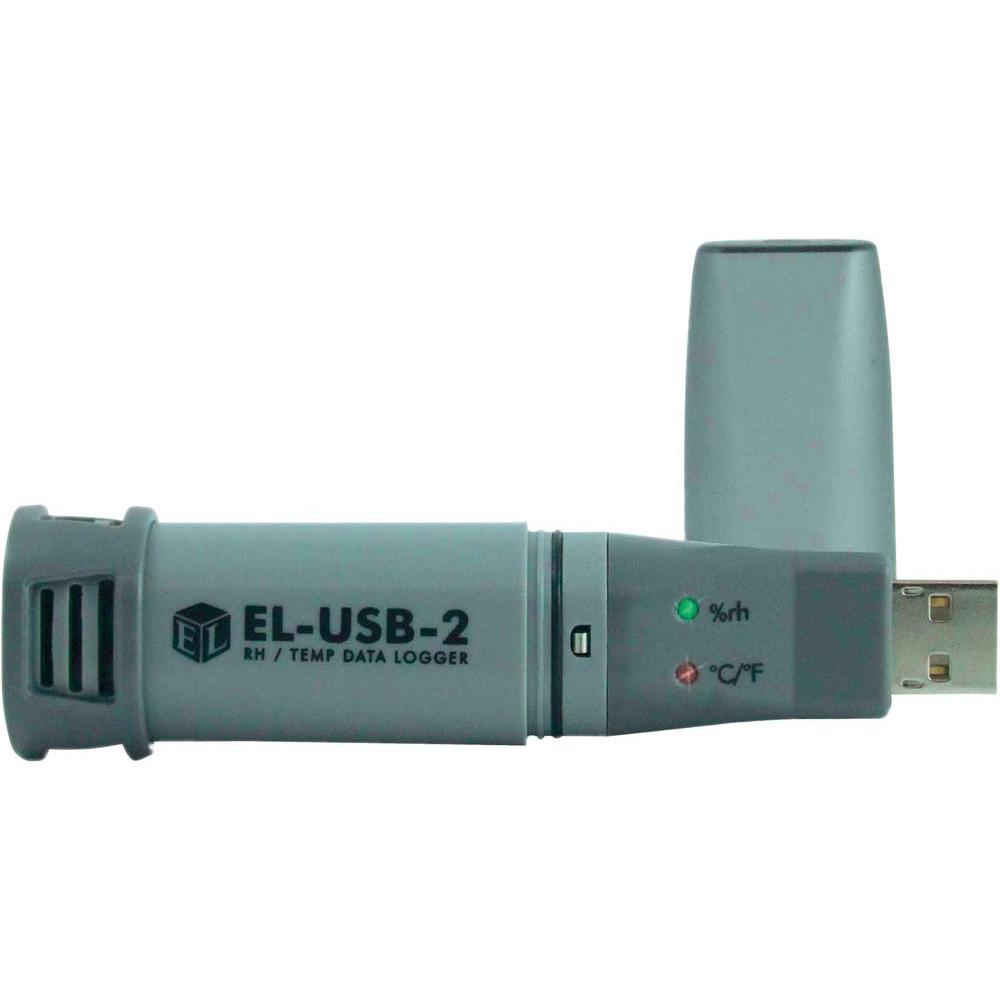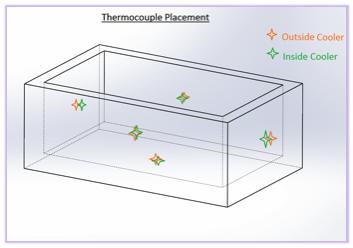Experiment
Expermental Analysis:
The team decided to implement a few experiments on existing coolers in order to establish a proof of quality and assurance to guarantee a client satisfaction. The experiments are:
- Temperature test
U sing a temperature data logger (Figure) to record a temperature for 2 other competitive coolers along with a similar product from Canyon Coolers.

Procedure:
- Place the three coolers outdoors (Coleman, Yeti, and Canyon Coolers).
- Put a temperature data logger into each cooler.
- Put a block of ice into each cooler at the exact same time.
- The data logger will record temperature reading every 5 minutes for the period of one week.
- Coolers will be exposed to external factors such as space heaters.
- Melted water will be emptied twice a day. And each cooler will be opened four times a day for 1 minute at the exact same time.
- The test concludes a full 12 hours after ice melting completes.
- Finally transfer temperature date to an excel spreadsheet, plot and analyze results.
Results:
The results will be analyzed using Excel to produce a chart of temperature vs. time for each cooler. The sponsor will receive the data to make further discussions about the results.
- Vacuum test
This test will be used to check the gasket seal and drain plug for air leaks as well as measuring air leak rate. This test is in high demand from the client due to existing issues.
Procedure:
The vacuum pump comes with several different fittings and some vacuum connections (Figure). To test if the drainage plug will hold vacuum, the device will be pumped up and the vacuum will build on the gauge. If no vacuum is showing on the gauge after pumping a few times, there is a leak.

Results:
If there is a leak in the system, the team will use a time-watch to measure the vacuum reading on the gauge vs. time to estimate the leak rate. The results will be set to the sponsor to make further discussions and modifications. This test could become a major part of quality assurance at Canyon Coolers.
- Temperature profile test
This test will be used to get temperature data at key points of the system. The results of this test will provide the team with insight on the temperature map experienced by the cooler. This information will be essential in developing heat transfer models for the cooler.
Procedure:
Place a cooler manufactured by the sponsor in a controlled temperature room. Thermocouples will be placed on each wall, external and internal, of the cooler (Figure 13). Then one block of ice will be placed into the cooler. The device has wires that will be connected to a computer to record readings. Since the wires are very small, the performance of the gaskets will not be affected. The test duration will last until a steady state condition is established.

Results:
The test will produce temperature boundary conditions for each wall. A transient 1-D analysis will be conducted with the results of this experiment. This calculation will most likely be coded using Matlab so variables can be easily adjusted if necessary. The details of this analysis can be seen in the following section of the report. The results of the analysis will be provided to the client for advertising purposes.